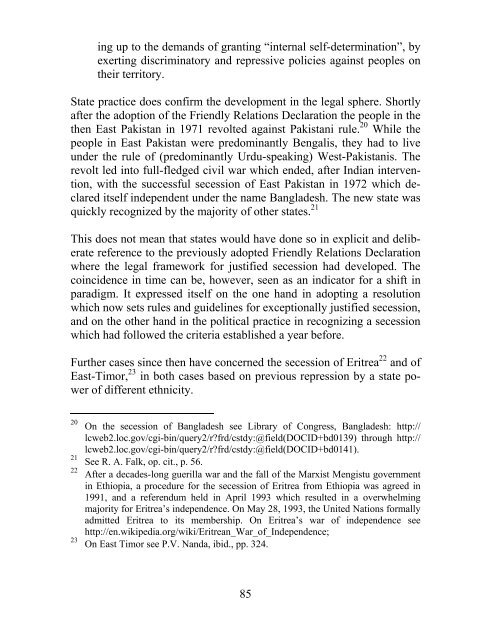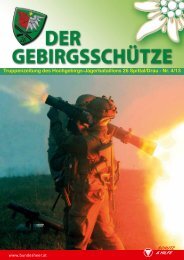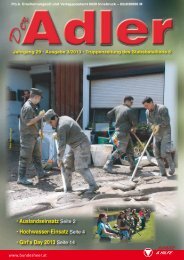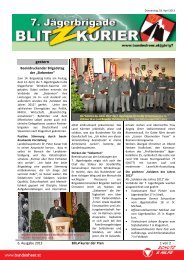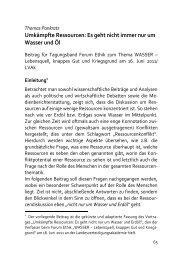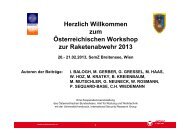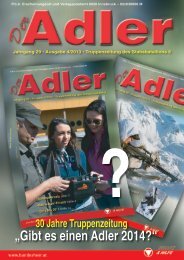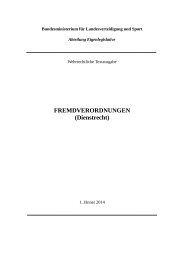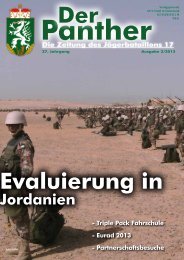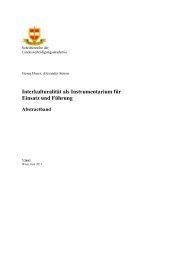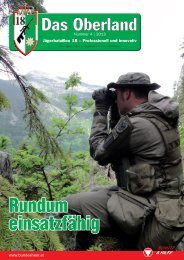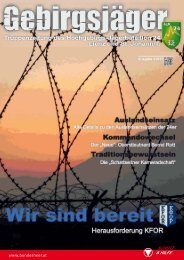Cutting or Tightening the Gordian Knot
Cutting or Tightening the Gordian Knot
Cutting or Tightening the Gordian Knot
Create successful ePaper yourself
Turn your PDF publications into a flip-book with our unique Google optimized e-Paper software.
ing up to <strong>the</strong> demands of granting “internal self-determination”, by<br />
exerting discriminat<strong>or</strong>y and repressive policies against peoples on<br />
<strong>the</strong>ir territ<strong>or</strong>y.<br />
State practice does confirm <strong>the</strong> development in <strong>the</strong> legal sphere. Sh<strong>or</strong>tly<br />
after <strong>the</strong> adoption of <strong>the</strong> Friendly Relations Declaration <strong>the</strong> people in <strong>the</strong><br />
<strong>the</strong>n East Pakistan in 1971 revolted against Pakistani rule. 20 While <strong>the</strong><br />
people in East Pakistan were predominantly Bengalis, <strong>the</strong>y had to live<br />
under <strong>the</strong> rule of (predominantly Urdu-speaking) West-Pakistanis. The<br />
revolt led into full-fledged civil war which ended, after Indian intervention,<br />
with <strong>the</strong> successful secession of East Pakistan in 1972 which declared<br />
itself independent under <strong>the</strong> name Bangladesh. The new state was<br />
quickly recognized by <strong>the</strong> maj<strong>or</strong>ity of o<strong>the</strong>r states. 21<br />
This does not mean that states would have done so in explicit and deliberate<br />
reference to <strong>the</strong> previously adopted Friendly Relations Declaration<br />
where <strong>the</strong> legal framew<strong>or</strong>k f<strong>or</strong> justified secession had developed. The<br />
coincidence in time can be, however, seen as an indicat<strong>or</strong> f<strong>or</strong> a shift in<br />
paradigm. It expressed itself on <strong>the</strong> one hand in adopting a resolution<br />
which now sets rules and guidelines f<strong>or</strong> exceptionally justified secession,<br />
and on <strong>the</strong> o<strong>the</strong>r hand in <strong>the</strong> political practice in recognizing a secession<br />
which had followed <strong>the</strong> criteria established a year bef<strong>or</strong>e.<br />
Fur<strong>the</strong>r cases since <strong>the</strong>n have concerned <strong>the</strong> secession of Eritrea 22 and of<br />
East-Tim<strong>or</strong>, 23 in both cases based on previous repression by a state power<br />
of different ethnicity.<br />
20 On <strong>the</strong> secession of Bangladesh see Library of Congress, Bangladesh: http://<br />
lcweb2.loc.gov/cgi-bin/query2/r?frd/cstdy:@field(DOCID+bd0139) through http://<br />
lcweb2.loc.gov/cgi-bin/query2/r?frd/cstdy:@field(DOCID+bd0141).<br />
21 See R. A. Falk, op. cit., p. 56.<br />
22 After a decades-long guerilla war and <strong>the</strong> fall of <strong>the</strong> Marxist Mengistu government<br />
in Ethiopia, a procedure f<strong>or</strong> <strong>the</strong> secession of Eritrea from Ethiopia was agreed in<br />
1991, and a referendum held in April 1993 which resulted in a overwhelming<br />
maj<strong>or</strong>ity f<strong>or</strong> Eritrea’s independence. On May 28, 1993, <strong>the</strong> United Nations f<strong>or</strong>mally<br />
admitted Eritrea to its membership. On Eritrea’s war of independence see<br />
http://en.wikipedia.<strong>or</strong>g/wiki/Eritrean_War_of_Independence;<br />
23 On East Tim<strong>or</strong> see P.V. Nanda, ibid., pp. 324.<br />
85


